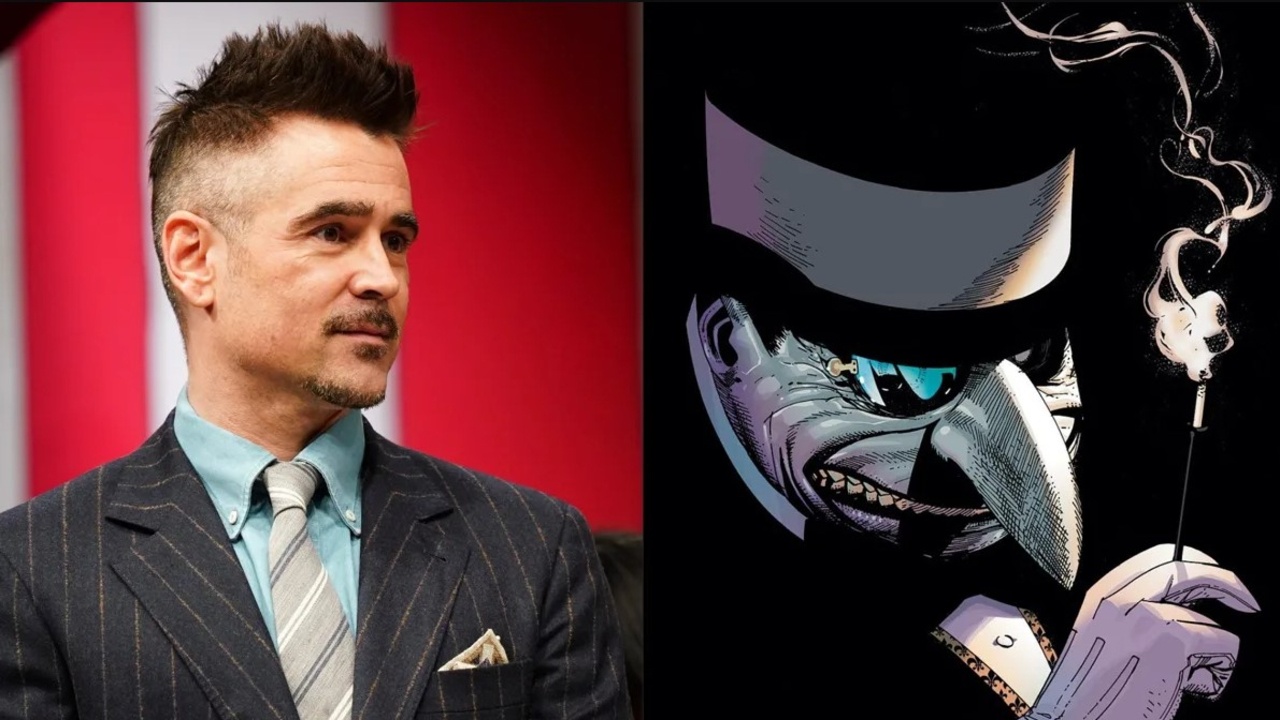Colin Farrell is the latest in the spate of actors slated to join the 2021 Matt Reeves adaption of The Batman. Speaking on a Television Critics Association panel, Reeves, noted for directing Cloverfield and the two most recent Planet of the Apes films, said that the film would be a detective, neo-noir take on the iconic character, and thankfully not another origin story. With Paul Dano joining as The Riddler, Farrell’s addition as Penguin implies that this version is following the recent trend and casting villains for their sex appeal, not for their character likeness.
Villains in films have not always been as big of a sex symbol as their hero counterparts- the last actor to play Penguin on the big screen was Danny Devito in the 1992 film Batman Returns, opposite Michael Keaton as Batman. However, female villains have, through the male gaze, been made attractive for far longer. Lucy Liu as O-Ren Oshii in Kill Bill Volume 1, and Uma Thurman and Michelle Pfeiffer as Poison Ivy and Catwoman in various Batman adaptions, marked the 1990s as a turning point in pop culture. Sex symbols were no longer just the damsel in distress. They turned the power play on its head, to the point where they faced off with the attractive hero and could hold their own, with Rosamund Pike’s Amy in Gone Girl controlling the events of the whole film.
Fetishisation of the villain, especially the male villain, comes from the idea that the character struggles to be good. Hence, when they manage to do so (for example Kylo Ren killing Snoke in Star Wars: The Last Jedi) it endears them to the viewer. Female villains are sexy because of their appearance; male villains become sexy through their actions. Their socially unacceptable actions reflect an inner desire to rebel against the norm, and their carefree attitudes towards this often create a humorous effect which in turn makes them more attractive. We like the villains we relate to- the ones who still have a degree of humanity. Tom Hiddleston’s Loki shows his vulnerability throughout his appearances in the Marvel Cinematic Universe, and with almost every Avengers film announcement fans have begged for him to reappear. The impact of the attractive villain, particularly on young female fans (an only increasingly important demographic in contemporary pop culture) is not to be ignored.

So with Colin Farrell being rumoured to be cast as a canonically overweight, beak-nosed, unattractive comic-book villain, has society become entirely obsessed with the idea of a good-looking actor instead of one who is accurate to the source? With the rise of stan culture and the ever-enlarging importance of appealing to a female audience, the fact that a significant amount of modern-day villains are handsome is only a good thing for the film industry, with fans flocking to see their favourite stars on the big screen. At the end of the day, female villains were mainly deemed attractive because of their sex appeal, with revealing costumes (see Sharon Stone in Basic Instinct). While it is empowering for women to use sexuality as a weapon, male villains combine elements of comedy and anti-hero valour to become appealing to the viewer, not merely doing so because of their looks.
Image Credit: IGN.com

